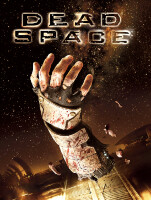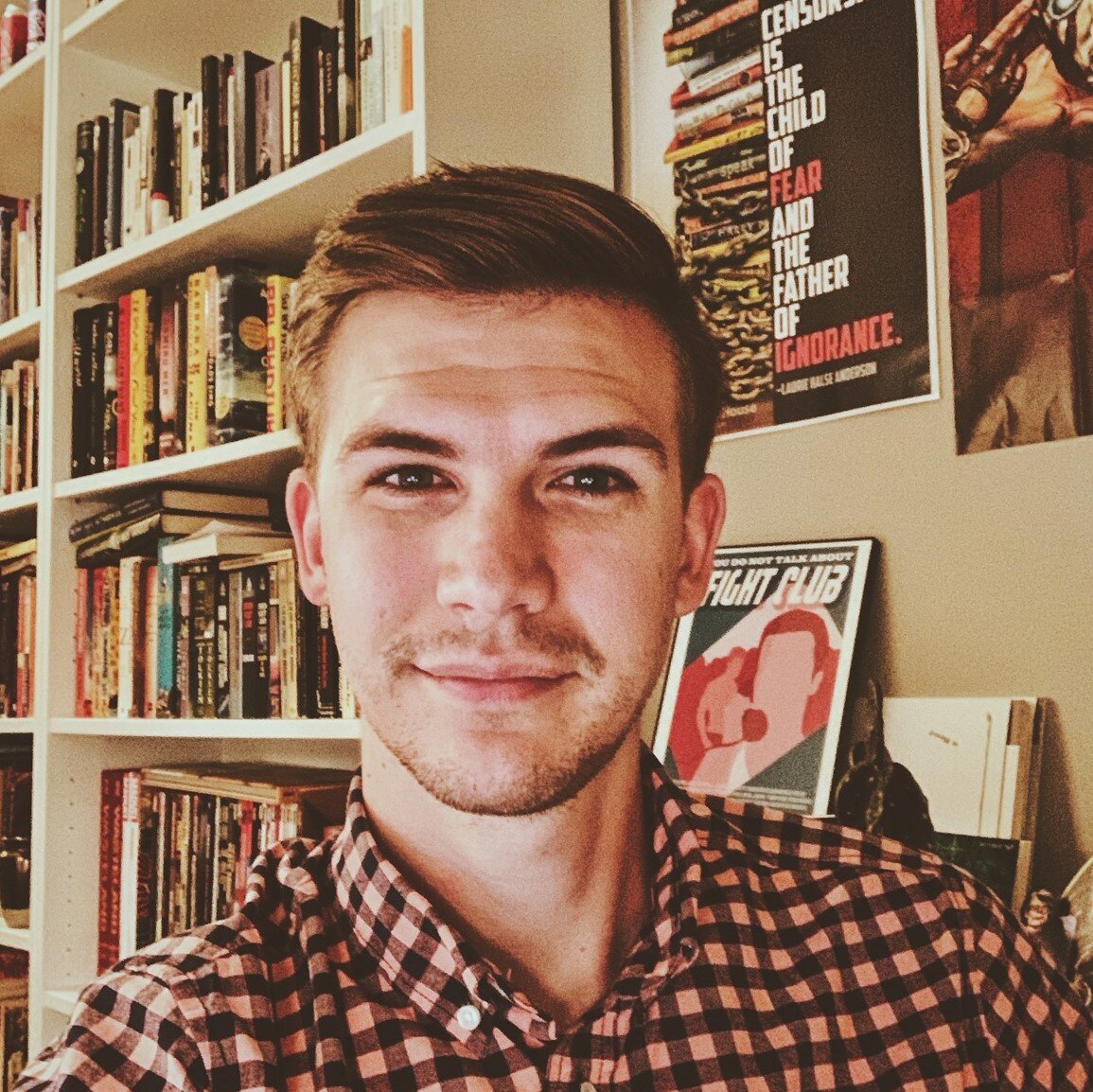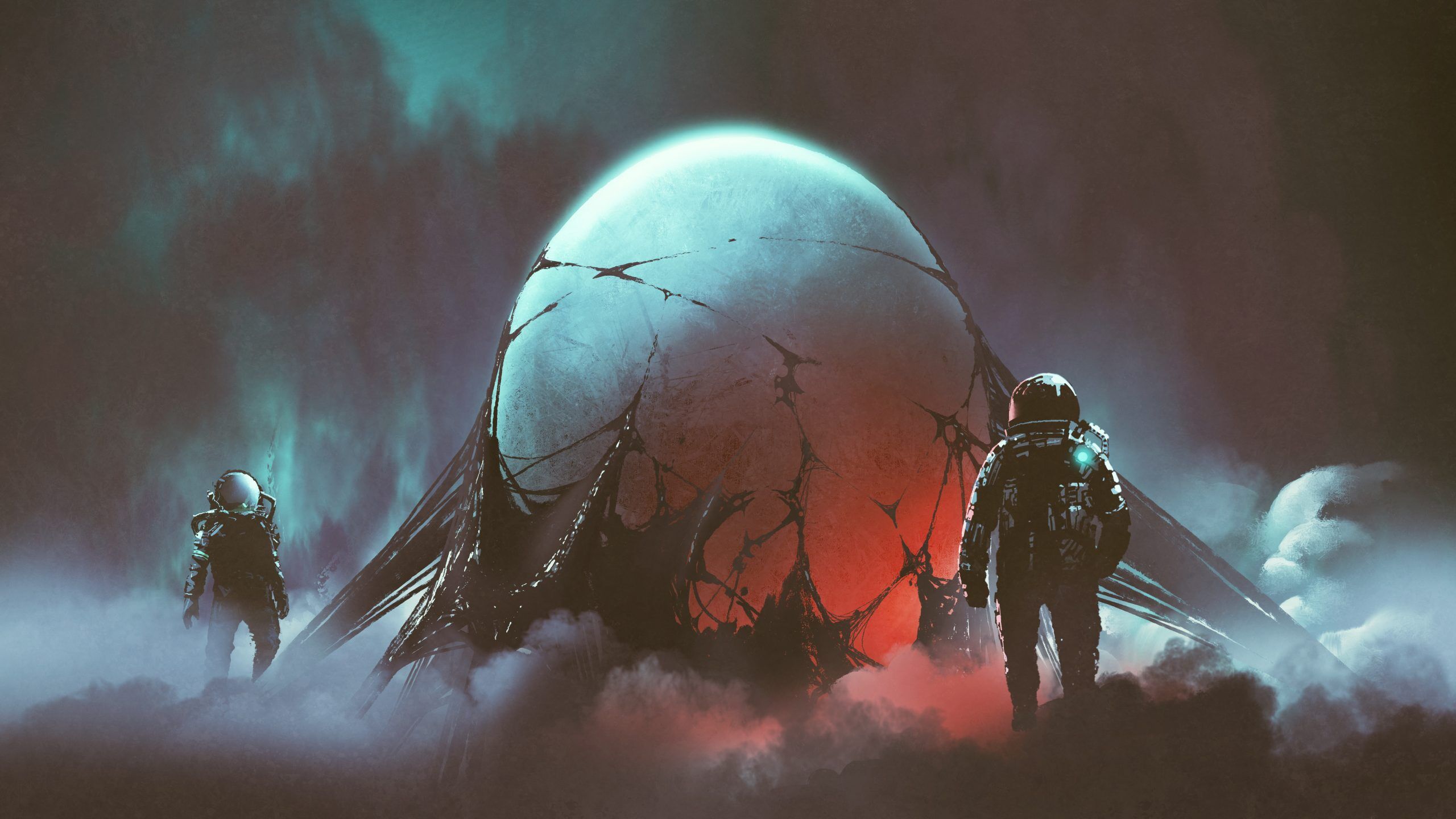Defining Sci-Fi Horror
Mankind has always looked to the stars as a source of inspiration. The desire to explore and make meaning of the unknown is woven into our DNA. The more we learn through science and technology, the more we look to advance our understanding of both the world around us and the worlds above us. But there is a dark side to all of this. What boundaries are we pushing, and can they be pushed too far? What consequences are brushed aside with each new technological advancement and innovation? What terrors lurk in the vastness of space? There’s a reason the sci-fi horror genre has been popular for decades.
Science fiction horror stories often have a lot of bright-eyed wonder and fascination, but there’s also an inherent or underlying fear. Outer space is wondrous and also terrifying. Though not technically a horror film, you can’t watch Gravity and not be petrified by the cold, cruel infinite nothingness. Science fiction and horror are inextricably linked in many ways, and coming up with an exact definition is challenging because they share many of the same genre roots. Not to mention there’s plenty of overlap in sub-genres of body horror, cosmic horror, eco-horror, as well as in stories of the apocalypse or dystopia. To gain a better understanding of what exactly sci-fi horror is, let’s take a look at its origins, development, and notable creators.
Origins of Sci-Fi Horror
Though the blended genre has been proliferated with noteworthy entries in the past few decades, the origins of sci-fi horror actually date back to over two hundred years ago. Mary Shelley’s 1818 novel Frankenstein; or, the Modern Prometheus shocked the literary world and continues to ignite imaginations to this day, its tale of reanimated bodies and mad scientists spawning countless spin-offs and reinterpretations. Shelley created not only an incredibly influential horror story, but also one of the first real science fiction books. Her “mad scientist” trope fascinated cosmic horror great H.P. Lovecraft, and she pioneered the way for Robert Louis Stevenson’s Strange Case of Dr Jekyll and Mr Hyde (1886) and H.G. Wells’s War of the Worlds (1897), the latter of which sent America into a frenzy during a 1938 radio broadcast because everyone thought aliens were actually invading earth. This just goes to show how genuinely frightening sci-fi horror can be.
Tracing the development of sci-fi horror also means exploring the history of social commentary and political statements, as stories within the genre are often born from societal upheaval and seek to question trends, policies, and belief systems. The film Invasion of the Body Snatchers (1956) is ostensibly about aliens taking over the bodies of human hosts, but it’s also a reflection of the cold war paranoia and fear of communism prevalent in that time period. Larry Cohen’s film The Stuff (1985) is campy, gross B-movie fun, but it’s also a critique of capitalism and consumerism. Of course some sci-fi horror stories are created purely for entertainment value. But more often than not they contain social commentary, ranging from subtle to overt, that adds a layer of critical intrigue to the enjoyment.
Notable Creators of Sci-Fi Horror

Sci-fi horror got its start centuries ago in literature, and many writers (such as Ray Bradbury and Philip K Dick) have helped it stay a mainstream attraction along the way. Even in recent years there are numerous authors continuing to push the genre in new directions. Some of the more famous ones that come to mind are Michael Chricton, Jeff Vandermeer, Octavia Butler, and Scott Sigler. The genre also has exciting entries in comics (such as Grant Morrison’s Nameless and Rob Guillory’s Farmhand) and video games (Bioshock, Dead Space, Alien: Isolation, SOMA, etc). But the most popular medium for sci-fi horror over the last few decades is unquestionably film.
When one hears the term “sci-fi horror” it will come as no surprise when images of viscous xenomorphs spring to mind. Ridley Scott’s Alien franchise is a staple of the genre. And no article about influential sci-fi horror would be complete without mentioning John Carpenter’s The Thing and David Cronenberg’s The Fly, movies that are terrifying in concept but also in their use of practical effects. To list out all the important movie makers in the genre would be pointless as popular creators are constantly emerging, but some other ones you should be paying attention to are Brandon Cronenberg (with provocative films like Anti-viral and Possessor) and Alex Garland, who has either written or directed such masterpieces as Ex Machina, Sunshine, and Annihilation.
In Conclusion
Sci-fi horror is an engaging and exhilarating genre, melding mankind’s greatest hopes and fears into tales that shock and awe. It’s also a genre that is riff for new stories, as we continue to advance modern technology and seek the outer limits of space. The question of “what if” is extremely compelling, and it’s very exciting to speculate what dark and insidious conclusions lie on the other side. From where we’ve come and where we are now, the future of the genre certainly seems to be in good hands.
Recommended Sci-Fi Horror Lists

Ben’s love for horror began at a young age when he devoured books like the Goosebumps series and the various scary stories of Alvin Schwartz. Growing up he spent an unholy amount of time binge watching horror films and staying up till the early hours of the morning playing games like Resident Evil and Silent Hill. Since then his love for the genre has only increased, expanding to include all manner of subgenres and mediums. He firmly believes in the power of horror to create an imaginative space for exploring our connection to each other and the universe, but he also appreciates the pure entertainment of B movies and splatterpunk fiction.
Nowadays you can find Ben hustling his skills as a freelance writer and editor. When he’s not building his portfolio or spending time with his wife and two kids, he’s immersing himself in his reading and writing. Though he loves horror in all forms, he has a particular penchant for indie authors and publishers. He is a proud supporter of the horror community and spends much of his free time reviewing and promoting the books/comics you need to be reading right now!



4 replies on “The History of Sci-Fi Horror from Books to Film”
Great article, Ben! A succinct overview of the genre, and makes me want to revisit THE FLY after so many years lol. One of the primary movies that has always come to mind for me with sci-fi horror is EVENT HORIZON. So damned creepy, and a great cast to boot. Also, more so on the sci-fi end of things, have always had a special place for Alex Proyas’s DARK CITY. Looking forward to more!
Thank you! Yes Event Horizon has strong sci-fi horror vibes as well, and will likely be featured on an article about movies very soon. Appreciate the support!
Event Horizon is being released in 4K UHD later this summer! I can’t wait.
Event Horizon is a true classic! I haven’t watched it in ages but I’m going to now.